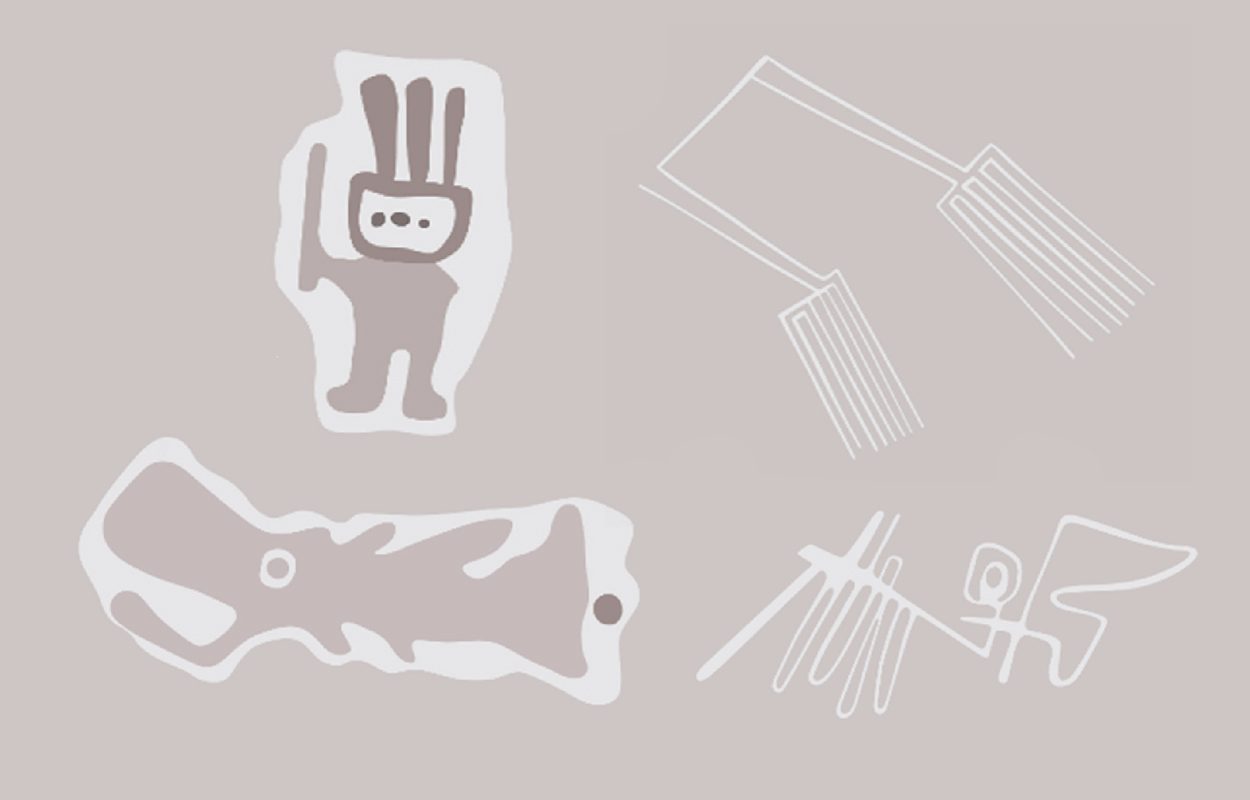Archaeologists from the Yamagata University have used AI deep learning to discover new geoglyphs in the northern part of the Nazca Pampa in the arid Peruvian coastal plain.
Geoglyphs in the Nazca Pampa were first identified during the 1920’s, with ongoing studies since the 1940’s revealing various figurative geoglyphs of zoomorphic designs, geometric shapes, and linear lines.
Geoglyphs can be categorised into three main types: figurative, geometric, and lineal. Archaeologists suggest that the lineal geoglyphs were created by the Nazca, a culture that developed during the Early Intermediate Period and is generally divided into the Proto Nazca (phase 1, 100 BC to AD 1), the Early Nazca (phases 2–4, AD 1 to 450), Middle Nazca (phase 5, AD 450 to 550) and the Late Nazca (phases 6–7, AD 550 to 750).
The relief type dates from the Late Formative period (400 to 200 BC), as the iconography of the geoglyphs are similar to that of Formative petroglyphs found on outcrops of rock. During this period, the region was inhabited by the Paracas Culture, an Andean people that emerged around 800 BC until 100 BC.
Since 2004, Yamagata University has been conducting geoglyph distribution surveys using satellite imagery, aerial photography, airborne scanning LiDAR, and drone photography to investigate the vast area of the Nazca Pampa covering more than 390 km2.
In 2016, the researchers used aerial photography with a ground resolution of 0.1 m per pixel to create a detailed survey of the region. Overtime, the team have identified various geoglyphs, however, the process is very time consuming, so they have adopted AI deep learning to analyse the photographs at a much faster rate.
The results of a study, published in the Journal of Archaeological Science, has revealed the discovery of four new Nazca geoglyphs using this new method by creating an approach to labelling training data that identifies a similar partial pattern between the known and new geoglyphs.
The four new geoglyphs depict a humanoid figure, a pair-of-legs, a fish, and a bird. The humanoid geoglyph is shown holding a club in his/her right hand and measures 5 metres in length. The fish geoglyph, shown with a wide-open mouth measures 19 metres, while the bird geoglyph measures 17 metres and the pair-of-legs 78 metres.
According to the study authors: “We have developed a DL pipeline that addresses the challenges that commonly arise in the task of archaeological image object detection. Our approach allows DL to learn representations of images with better generalisation and performance, enabling the discovery of targets that have been difficult to find in the past. Moreover, by accelerating the research process, our method contributes to archaeology by establishing a new paradigm that combines field surveys and AI, leading to more efficient and effective investigations.”
https://doi.org/10.1016/j.jas.2023.105777
Header Image Credit : Yamagata University





